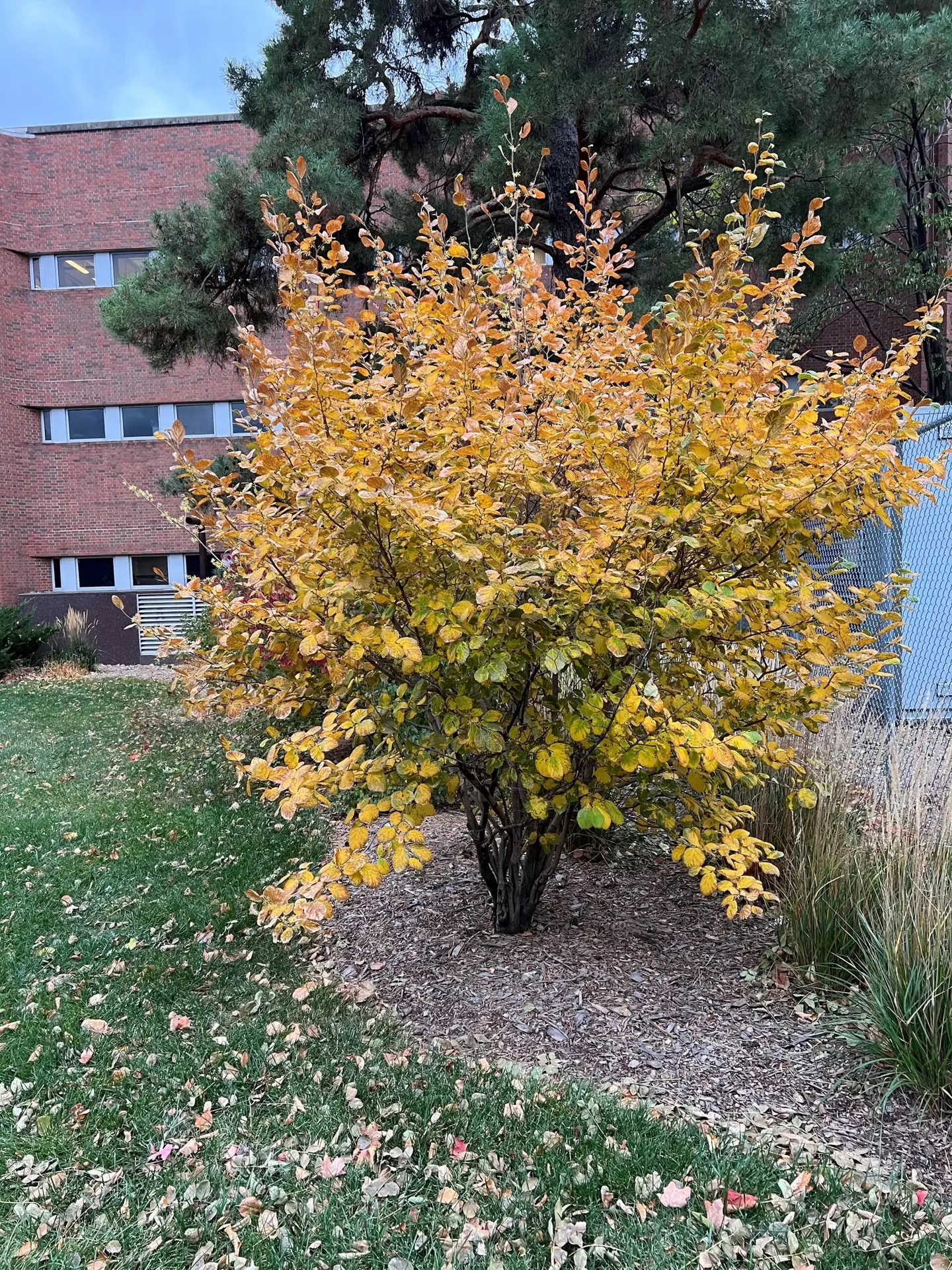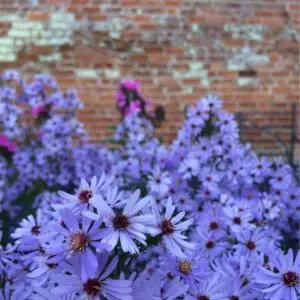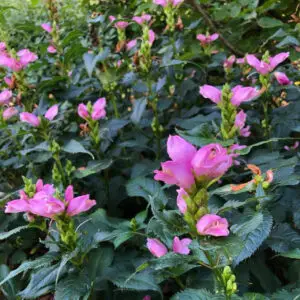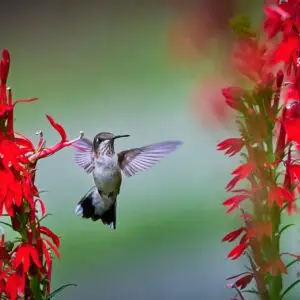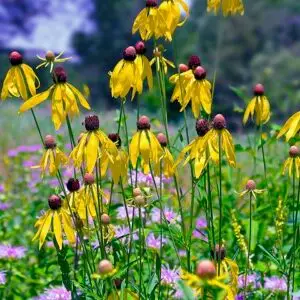| Size | Trade Gallons, Two Gallons, Three Gallons, Five Gallons |
|---|
Hamamelis virginiana – Common Witch Hazel(B&B.DR.FC.FRG.H.M.MTH.NB.OP.RR)
Price range: $40.00 through $60.00
Ecosystem Services:
(B)-Birds (B&B)-Birds & Butterflies
(BTF)-Butterflies (BW)-Black Walnut Resistant
(DR)-Deer Resistant (DRGHT)-Drought Resistant
(EC)-Erosion Control (EVR)-Evergreen
(FC)-Fall Color (FRG)-Fragrant
(GRD)-Groundcover (H)-Host plant
(HMR)-Hummingbirds (M)-Mammals
(MTH)-Moths (N)-Nectar
(NB)-Native Bees (NST)-Nesting Material
(OP)-Other pollinators (RR)-Rabbit Resistant
(SHWY)-Showy (SPC)-Specimen Plant
Witch hazel is a deciduous shrub or small tree in the Hamamelidaceae (witch hazel) family that may grow 15 to 20 feet tall. Native to eastern North America, it may be found growing along woodland margins and stream banks from Canada to Mexico. Tia.
Plant in full sun to partial shade, though the best flowering will be seen in full sun locations. Soil should be moist, acidic, organically rich and well draining. Pruning is not usually necessary except to maintain its shape. Pruning can be done in early spring, but keep in mind that flowers will appear on old growth.
Witch hazel is intolerant of drought, but it does tolerate heavy clay soil, erosion, and browsing by deer.
The leaves of this woody ornamental shrub turn an attractive yellow color in the fall. It flowers anywhere from late fall to late winter with cheery yellow spider-like blooms that brighten dreary winter landscapes.
Plant witch hazel in a winter garden or along a woodland margin. Its dense canopy makes for a good spring and summer screen or tall hedge. Specimens can be pruned into small trees and used as a patio planting.
Host plant for the Witch hazel dagger moth (Acronicta hamamelis) moth.

